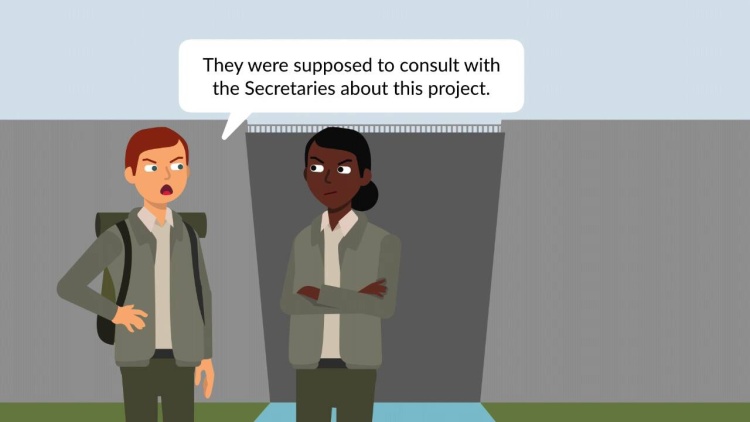Lujan v. Defenders of Wildlife
United States Supreme Court
504 U.S. 555 (1992)
- Written by Susie Cowen, JD
Facts
Section 7(a)(2) of the Endangered Species Act of 1973 (ESA), as amended, 16 U.S.C. § 1531 et seq., requires federal agencies to consult with the secretary of the interior or commerce before undertaking actions that might jeopardize endangered or threatened species. The ESA provides that any person may initiate a civil suit on her own behalf to enjoin anyone, including government entities, from violating the ESA. In 1978, the secretaries promulgated a joint regulation stating that the ESA consultation requirement extended to federal actions taken in foreign nations. A new joint regulation limiting the geographic scope to the United States and the high seas was proposed in 1983 and adopted in 1986. Organizations dedicated to the protection of wildlife (plaintiffs) sued the secretary of the interior, Lujan (the secretary) (defendant), seeking a declaratory judgment that the new regulation’s interpretation was wrong and an injunction requiring the secretary to restore the initial interpretation of the geographic scope of the statute. The plaintiffs argued they were injured because a lack of consultation for government activities abroad increases the rate of extinction of endangered species. The secretary moved to dismiss based on the plaintiffs’ lack of standing. The district court granted the motion, but the court of appeals reversed and remanded. The district court then granted the plaintiffs’ summary-judgment motion and issued the injunction. The appellate court affirmed. The United States Supreme Court granted certiorari.
Rule of Law
Issue
Holding and Reasoning (Scalia, J.)
Concurrence (Kennedy, J.)
Concurrence (Stevens, J.)
Dissent (Blackmun, J.)
What to do next…
Here's why 899,000 law students have relied on our case briefs:
- Written by law professors and practitioners, not other law students. 47,000 briefs, keyed to 994 casebooks. Top-notch customer support.
- The right amount of information, includes the facts, issues, rule of law, holding and reasoning, and any concurrences and dissents.
- Access in your classes, works on your mobile and tablet. Massive library of related video lessons and high quality multiple-choice questions.
- Easy to use, uniform format for every case brief. Written in plain English, not in legalese. Our briefs summarize and simplify; they don’t just repeat the court’s language.







